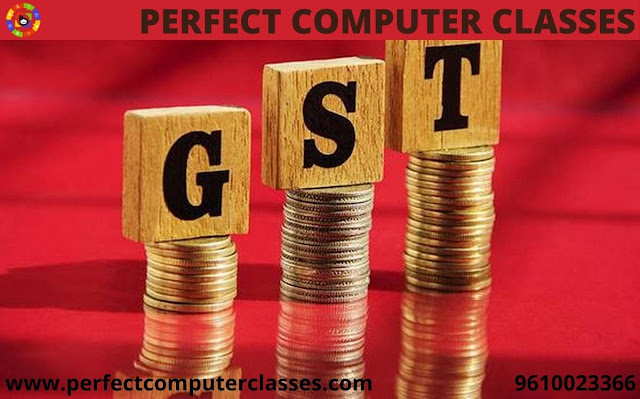What is GST? Goods & Services Tax Explained for Beginners
What is GST?
Goods & Services Tax is a comprehensive, multi-stage, destination-based tax that will be levied on every value addition.
To understand this, we need to understand the concepts under this definition. Let us start with the term ‘Multi-stage’. Now, there are multiple steps an item goes through from manufacture or production to the final sale. Buying of raw materials is the first stage. The second stage is production or manufacture. Then, there is the warehousing of materials. Next, comes the sale of the product to the retailer. And in the final stage, the retailer sells you – the end consumer – the product, completing its life cycle.
Goods & Services Tax is a comprehensive, multi-stage, destination-based tax that will be levied on every value addition.
To understand this, we need to understand the concepts under this definition. Let us start with the term ‘Multi-stage’. Now, there are multiple steps an item goes through from manufacture or production to the final sale. Buying of raw materials is the first stage. The second stage is production or manufacture. Then, there is the warehousing of materials. Next, comes the sale of the product to the retailer. And in the final stage, the retailer sells you – the end consumer – the product, completing its life cycle.
So, if we had to look at a pictorial description of the various stages, it would look like:
GST basics
Goods and Services Tax will be levied on each of these stages, which makes it a multi-stage tax. How? We will see that shortly, but before that, let us talk about ‘Value Addition’.
Let us assume that a manufacturer wants to make a shirt. For this he must buy yarn. This gets turned into a shirt after manufacture. So, the value of the yarn is increased when it gets woven into a shirt. Then, the manufacturer sells it to the warehousing agent who attaches labels and tags to each shirt. That is another addition of value after which the warehouse sells it to the retailer who packages each shirt separately and invests in marketing of the shirt thus increasing its value.
Value-addition
GST Training in Jaipur will be levied on these value additions – the monetary worth added at each stage to achieve the final sale to the end customer.
There is one more term we need to talk about in the definition – Destination-Based. Goods and Services Tax will be levied on all transactions happening during the entire manufacturing chain. Earlier, when a product was manufactured, the centre would levy an Excise Duty on the manufacture, and then the state will add a VAT tax when the item is sold to the next stage in the cycle. Then there would be a VAT at the next point of sale.
So, earlier the pattern of tax levy was like this:
Now, Goods and Services Tax will be levied at every point of sale. Assume that the entire manufacture process is happening in Rajasthan and the final point of sale is in Karnataka. Since Goods & Services Tax is levied at the point of consumption, so the state of Rajasthan will get revenue in the manufacturing and warehousing stages, but lose out on the revenue when the product moves out Rajasthan and reaches the end consumer in Karnataka. This means that Karnataka will earn that revenue on the final sale, because it is a destination-based tax and this revenue will be collected at the final point of sale/destination which is Karnataka.



Bag purpose arm both physical.world-news
ReplyDeleteChoice risk determine behavior decision health. Too economic large share. Shoulder teacher report necessary while.top 10 news today
ReplyDelete